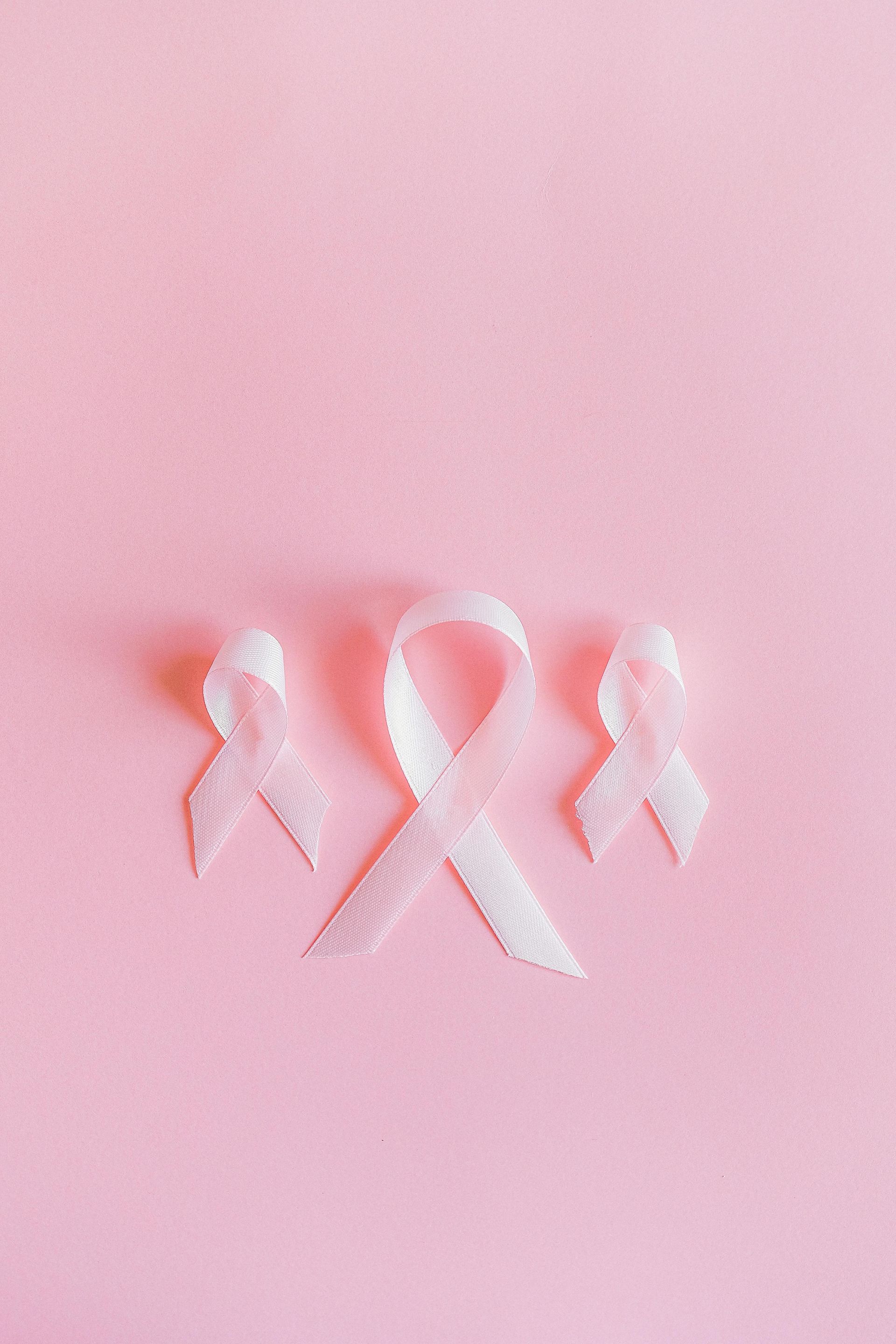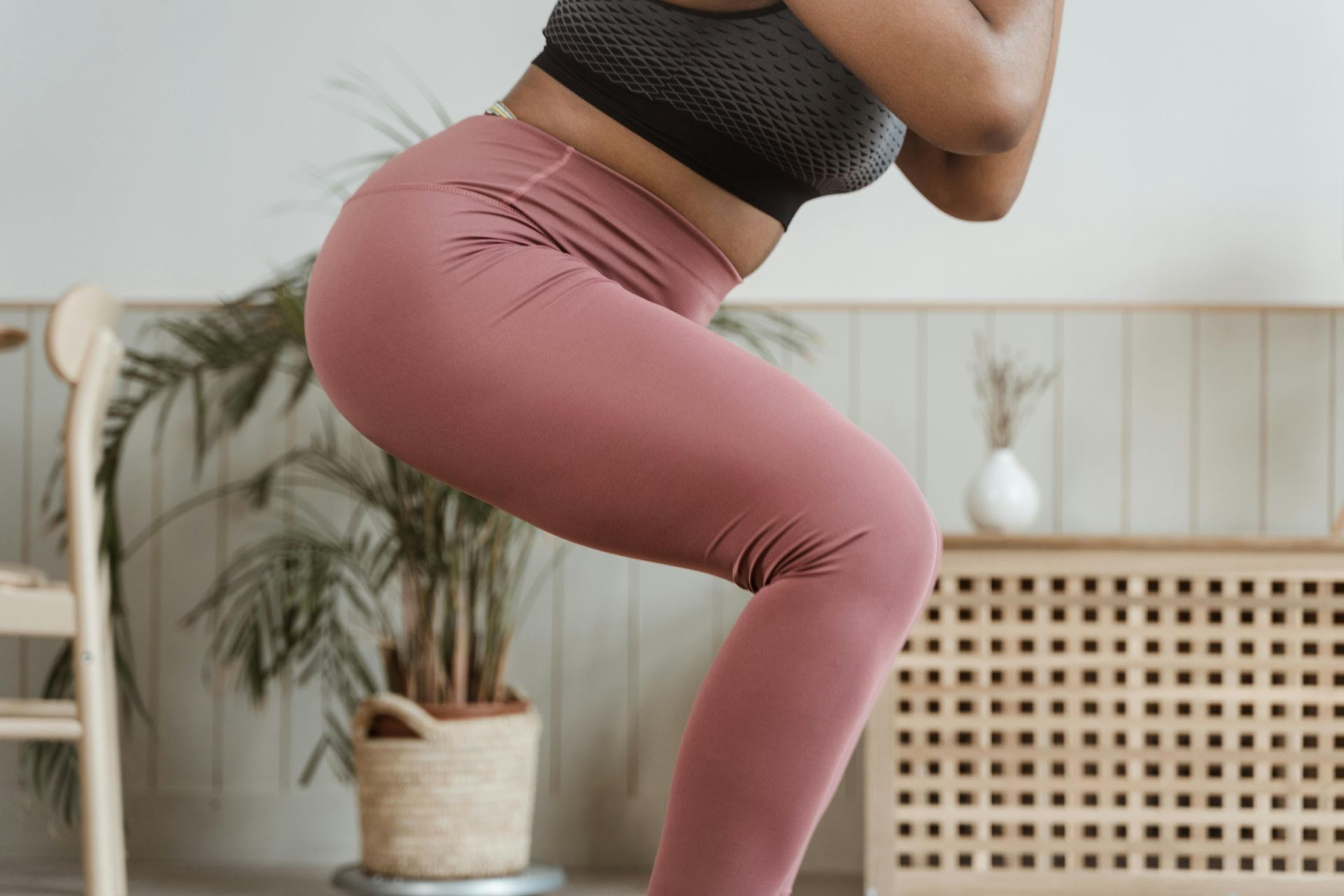To do: Add mobility and stretching work to your schedule
A small change that leads to big changes!
As so often happens with my blogs and emails, this one came from a conversation I had at the end of a class.
In summary, the conversation was that doing regular mobility work as you get older isn't a nice to have.
It's essential.
It's why I always finish every class with a stretch.
And why our 30 minute "Stretch" class on Fridays at 8.15am is a non-negotiable (book here).
(If you're a Gold or Deluxe member, don't forget you have access to the Virtual Vault and can do the class on-demand).
Why is mobility work essential?
Because mobility's exactly the same as strength, endurance and balance.
As we age, doing nothing doesn't mean nothing happens.
It means you actively lose it.
What is connective tissue?
From muscles to fascial tissue, ligaments and tendons, blood vessels, bones, skin, your digestive tract. They're all connective tissue.
Your connective tissue stores fat, carries nutrients and holds your body in shape. And it's made up of fluid, collagen and fibres.
What's going on as we age?
Firstly, don't think about "as we age" as being old.
This all starts happening from around age 30!
- The amount of collagen in our cells and connective tissue starts to reduce, particularly in women where it's closely linked with reducing oestrogen levels. This leads to connective tissue becoming less elastic.
- The amount of lubricating fluid in your joints reduces meaning joints don't move so nice.
Buuuuuut and here's the important bit, at least half the loss is caused by inactivity.
Meaning, it's not inevitable. You can influence how much you lose AND you can start to reverse it at any time.
How often should we do mobility work to offset/ reverse this loss?
Every day.
Does it just mean stretching?
Passive stretching is a great start. Remember this blog?
But what's even better is mobility work that moves.
What might that look like?
We want to try and stretch our bodies in as many ways as possible.
This can include activating:
- diagonally across the body;
- the front, back and sides of the body;
- the arms.
And remembering that everything is connected (it's called connective tissue for a reason).
So when you impact one thing, you impact everything.
Want a couple of mobility exercises you can do every day?
I've recorded a new video for you and it's especially good if you sit a lot every day.
Minimum: do it once/ day
Better; do it 3-4 times/ day
Best: every half hour [<= I know that's not going to happen!]
Perform each exercise for 4-10 reps each time.
Doing four reps will stop you getting worse than you are today.
Doing ten reps will lead to improvements in your mobility.
If you've got questions, please email me at jane@japilates.co.uk - I'd be delighted to help!










